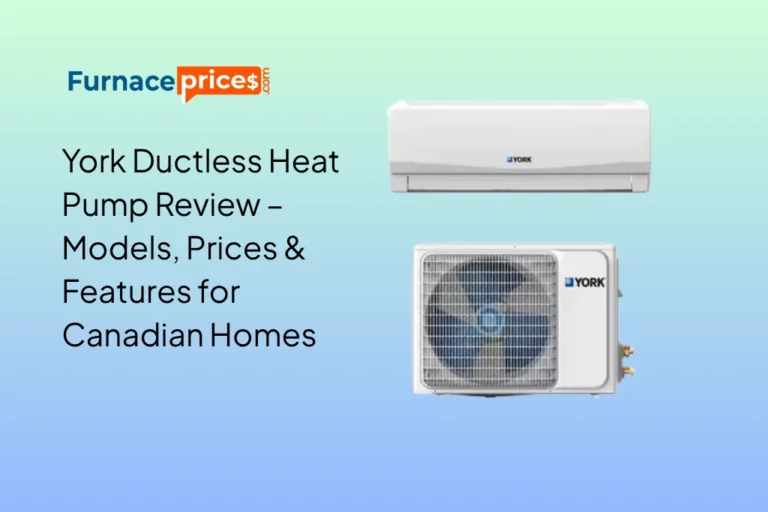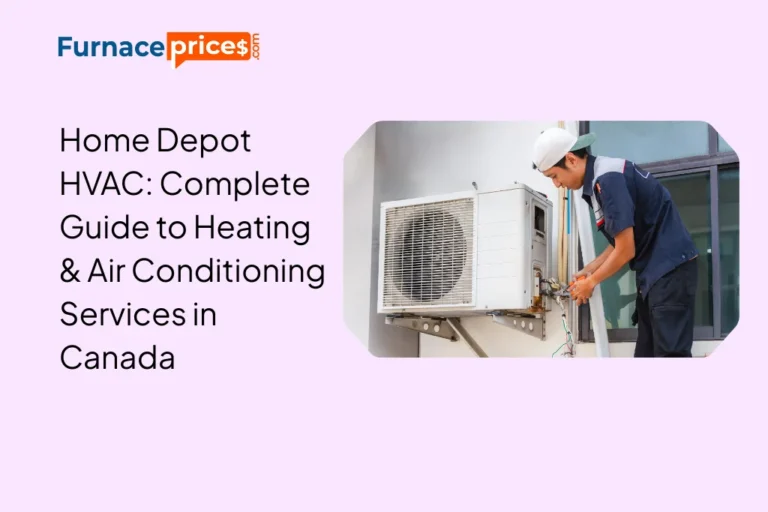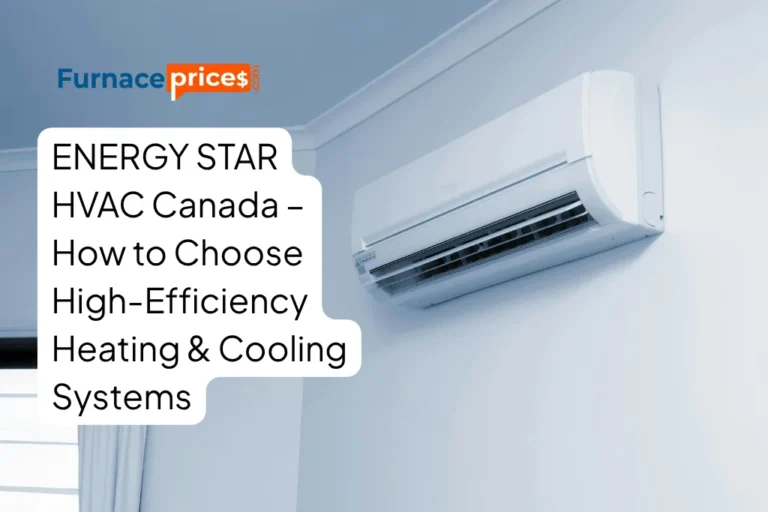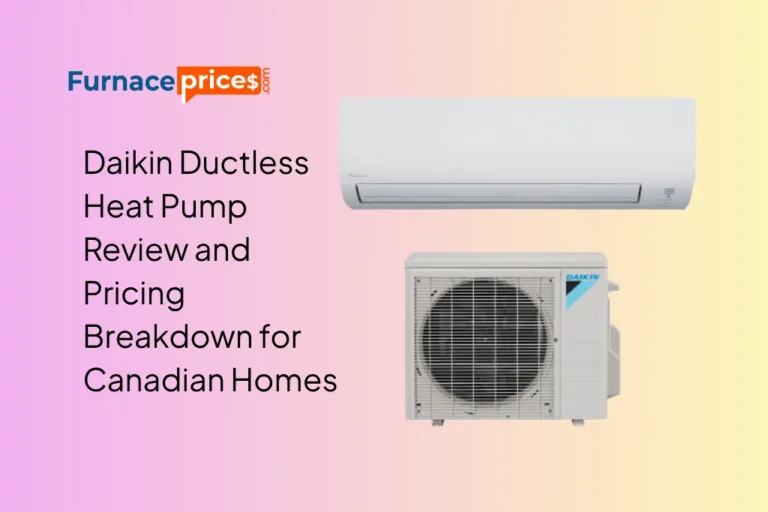HVAC Glossary
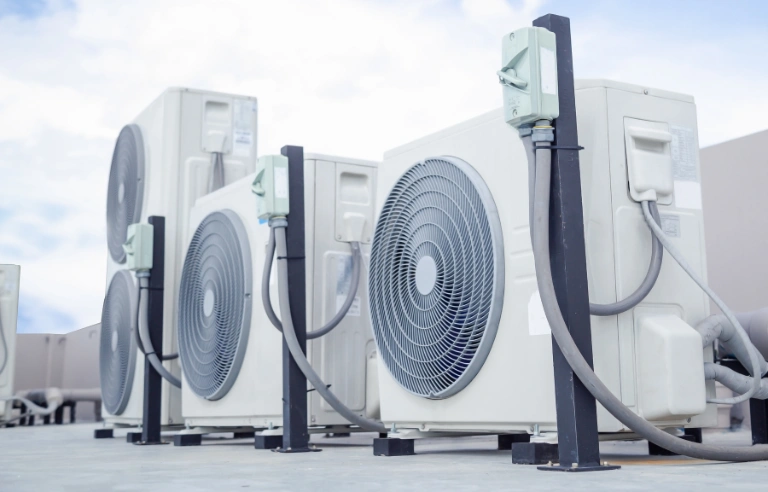
Introduction
Heating, Ventilation, and Air Conditioning (HVAC) systems are essential for maintaining comfortable indoor environments year-round. Whether you’re a homeowner, contractor, or simply looking to upgrade your current system, understanding the various types of HVAC systems, their components, maintenance needs, and energy efficiency considerations is crucial. This HVAC Glossary covers everything from central air conditioning and ductless mini-splits to advanced technologies like geothermal systems and smart HVAC solutions—helping you make informed decisions about installation, performance, and sustainability.
Types of HVAC Systems
Central Air Conditioning : A system that cools and dehumidifies air centrally and distributes it throughout the home via ductwork.
Ductless Mini-Split System : An air conditioning and heating system that does not require ductwork, consisting of an indoor unit and an outdoor compressor.
Heat Pump System : A versatile HVAC system that can provide both heating and cooling by transferring heat between indoor and outdoor environments.
Package Unit : A self-contained HVAC system that houses all components (compressor, evaporator, and condenser) in one exterior unit.
Split System : An HVAC configuration featuring two main components: the indoor unit (air handler or furnace) and the outdoor unit (compressor).
Geothermal Heat Pump : A heating and cooling system that transfers heat to and from the ground, using stable underground temperatures to enhance efficiency.
Hybrid Heating System : A combination of a heat pump and a traditional furnace, switching between the two based on energy efficiency and outside temperatures.
Variable Refrigerant Flow (VRF) : A sophisticated HVAC system that uses refrigerant as the cooling and heating medium, offering flexible climate control in individual zones.
Evaporative Cooler : Also known as a swamp cooler, this system cools air through evaporation, using much less energy than traditional air conditioning systems.
Radiant Heating System : A type of heating system that uses electric or hot water heated elements installed in floors or ceilings to warm the home directly.
Components and Equipment
Air Filter : A material that traps dust, allergens, and other particles from the air as it circulates through the HVAC system.
Compressor : A mechanical device in the air conditioning system that compresses refrigerant gas, raising its temperature and pressure to circulate it through the system.
Coils (Evaporator and Condenser) : Components where refrigerant absorbs and releases heat; the evaporator coil cools the indoor air while the condenser coil expels heat outdoors.
Refrigerant Lines : The pipes that carry refrigerant between the indoor and outdoor units of an air conditioning system.
Expansion Valve : A component that regulates the flow of refrigerant into the evaporator coil, allowing it to expand and cool before absorbing heat.
Thermostatic Expansion Valve (TXV) : A type of expansion valve that automatically adjusts the flow of refrigerant based on the temperature and pressure conditions within the system.
Fan and Blower : Devices that move air through the HVAC system and into the living spaces by creating air pressure differences.
Duct Insulation : Material applied to ductwork that minimizes heat loss or gain, improving the overall efficiency of the HVAC system.
Humidistat : A control device that measures and regulates humidity levels within the home, often used with a humidifier.
Condensate Pump : A pump that removes excess water created during the cooling process in high-efficiency air conditioning systems.
Maintenance and Repair
Routine Maintenance : Regular service tasks performed on HVAC systems to keep them functioning optimally, including cleaning, inspections, and filter changes.
Air Filter Replacement : The practice of changing out dirty air filters at regular intervals to ensure proper airflow and indoor air quality.
Emergency Repairs : Unscheduled repair services needed to fix HVAC system failures that occur unexpectedly, often requiring immediate attention.
Seasonal Maintenance Check : An inspection of HVAC systems conducted before the heating or cooling season to ensure readiness and efficiency.
Duct Cleaning : The process of removing dust, debris, and contaminants from inside ductwork to improve indoor air quality and HVAC efficiency.
System Calibration : The adjustment of system settings to ensure accurate temperature and humidity readings, optimizing overall performance.
Leak Detection : The process of identifying refrigerant or air leaks in the HVAC system, which can lead to inefficiencies or system failure.
Heat Exchanger : A component in furnaces that transfers heat from combustion gases to the indoor air without direct contact.
Startup Procedure : The initial steps taken to safely activate a newly installed or serviced HVAC system, including checks and adjustments.
Service Plan : A maintenance agreement with an HVAC contractor that outlines services, frequency, and pricing for regular maintenance of the HVAC system.
Industry Standards and Regulations
ASHRAE (American Society of Heating, Refrigerating and Air-Conditioning Engineers) : A global society focused on advancing heating, ventilation, air conditioning, and refrigerating systems’ standards and practices.
EPA (Environmental Protection Agency) : A U.S. government agency responsible for regulations and policies protecting human health and the environment, including those affecting HVAC systems.
NATE (North American Technician Excellence) : An organization that certifies HVAC technicians based on their knowledge and skills in installation and service.
HSPF (Heating Season Performance Factor) : A measure of the efficiency of heat pumps, calculated by the total heating output during the heating season divided by the total energy consumed.
SEER (Seasonal Energy Efficiency Ratio) : A measure used to calculate the efficiency of air conditioning systems by evaluating cooling output across a typical cooling season divided by energy consumed.
BTU (British Thermal Unit) : A unit of measure for energy; in HVAC, it quantifies heating and cooling capacities. One BTU is the amount of heat required to raise the temperature of one pound of water by one degree Fahrenheit.
IECC (International Energy Conservation Code) : A model code that provides minimum design and construction requirements to achieve energy efficiency in residential and commercial buildings.
Energy Star : A program run by the EPA that certifies products that meet specific energy efficiency guidelines, helping consumers identify energy-saving solutions.
ANSI (American National Standards Institute) : An organization that oversees the development of voluntary consensus standards for products, services, processes, and systems in the United States, influencing HVAC regulations.
Building Codes : Local or state regulations establishing standards for construction safety, energy efficiency, and overall performance, including HVAC installation requirements.
Energy Efficiency and Sustainability
Energy Efficiency : The practice of using less energy to provide the same level of service, critically important in the design and operation of HVAC systems.
Green Building : Structures that are designed and built to be environmentally responsible and resource-efficient, minimizing their impact on human health and the environment.
Renewable Energy : Energy that comes from resources that are naturally replenished, such as solar or wind power, which can be incorporated into HVAC systems that enhance sustainability.
Programmable Thermostat : A thermostat that can be programmed to automatically adjust temperatures at different times of the day, improving energy efficiency.
Desuperheater : A component that captures excess heat from a heat pump’s refrigerant during the cooling cycle and uses it to heat water.
Aeroseal : A technology for sealing duct leaks from the inside out, enhancing system efficiency and reducing energy loss.
Demand-Controlled Ventilation : A system that adjusts ventilation rates in response to the occupancy and air quality levels within a given space, optimizing energy use.
Passive Solar Heating : A building design technique that uses natural sunlight to heat spaces without mechanical systems, lowering reliance on HVAC systems.
Building Performance Institute (BPI) : An organization that sets standards for home performance and energy efficiency, offering certifications for contractors.
Tight Building Envelopes : Construction methodologies aimed at reducing air leaks and drafts in buildings, improving energy efficiency and comfort.
Installation and Terminology
HVAC Installation : The process of setting up the heating, ventilation, and air conditioning systems in a new or existing building.
Load Calculation : The assessment of the heating and cooling needs of a building to determine the appropriate size of an HVAC system.
Zoning : Dividing a building into separate areas that can be controlled independently for temperature, improving comfort and efficiency.
Duct Size : Refers to the dimensions of ductwork in an HVAC system, critical for determining airflow and system efficiency.
R-value : A measure of thermal resistance used in insulation; higher R-values indicate better insulating properties, which can influence HVAC efficiency.
Ductwork Installation : The process of installing the network of ducts through which conditioned air is distributed, crucial for system performance.
Thermal Break : An insulating material separating different temperatures, used in building construction to prevent heat transfer and improve energy efficiency.
Furnace Flue : A pipe that expels combustion gases from a furnace to the outside atmosphere, essential for maintaining safe indoor air quality.
AC Start Capacitor : A device that provides an extra boost of energy to the compressor or motor when starting, essential for efficient operation of the air conditioning unit.
Heat Load : The total amount of heat energy that must be removed from or added to a building to maintain a desired indoor temperature during extreme weather conditions, calculated during HVAC design.
Safety Switch : A device that automatically shuts down the HVAC equipment to prevent dangers such as overheating, leaks, or electrical failure.
Thermal Mass : The ability of a building material to absorb, store, and release heat, enhancing energy efficiency by moderating indoor temperatures.
Smart HVAC Systems : Integrated HVAC solutions featuring advanced technology and automation, allowing remote control and energy monitoring for efficiency improvements.
Backdraft Damper : A component that prevents the reverse flow of air in a ventilation system, ensuring proper airflow and preventing energy loss.
Startup and Commissioning : The process of verifying that newly installed HVAC equipment operates according to specifications and is fully functional.
Compressor Start Relay : A device that sends an electrical signal to the compressor to start, crucial in the operation of many HVAC systems.
Pressure Switch : A safety device that monitors pressure levels within the system and shuts down operation if levels become unsafe or inappropriate.
Ventilation Rate : The amount of outdoor air supplied to a space per unit of time, typically expressed in cubic feet per minute (CFM), crucial for indoor air quality.
Condensing Unit : The component of a split air conditioning or heat pump system located outside; it condenses refrigerant into a liquid state after heat extraction. Refrigerant Charge : The total amount of refrigerant in the system. Proper charge levels are essential for system efficiency and effectiveness.
Additional Terms
Blower Door Test : A test used to measure the airtightness of a building, identifying leaks to improve energy efficiency in HVAC systems.
Air Exchange Rate : The rate at which outdoor air replaces indoor air in a building, impacting indoor air quality and energy usage.
High-Efficiency Furnace : A furnace with an Annual Fuel Utilization Efficiency (AFUE) rating of 90% or higher, indicating more energy is converted to heat than wasted.
Zonal Control System : A system that allows for individual control of heating and cooling in different areas of a home, providing comfort and energy savings.
Energy Recovery Ventilator (ERV) : A device that brings in fresh outdoor air while simultaneously exhausting stale indoor air, recovering energy from both air streams to improve efficiency.
Conclusion
HVAC systems play a vital role in creating comfortable, energy-efficient indoor environments. With a variety of system types, components, and technologies available, choosing the right solution depends on your specific needs, climate, and budget. By understanding the basics—from system types to maintenance and energy standards—through this HVAC Glossary, you’ll be better equipped to maintain performance, ensure safety, and optimize energy usage. Whether you’re upgrading, maintaining, or installing new equipment, a well-informed approach will lead to long-term comfort and cost savings.
Energy Star is a trusted program in the U.S. and Canada that certifies energy-efficient HVAC systems and appliances, helping lower energy bills and reduce environmental impact.
🔥 Get Started Today with FurnacePrices.com!
Ready to take control of your home comfort? Whether you’re exploring furnace or air conditioner options, we make it easy to compare prices, find expert advice, and connect with trusted professionals—all tailored specifically for Ontario residents.
📍 Serving Areas: Hamilton, Burlington, Brantford, Cambridge, Kitchener, Milton, Oakville
📩 Have questions?
Reach out to us at contact@furnaceprices.com or fill out the form below to get personalized recommendations.
Start your journey to a warmer, more energy-efficient home today!




